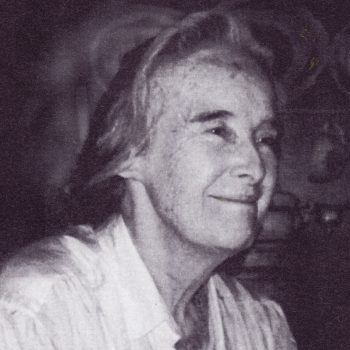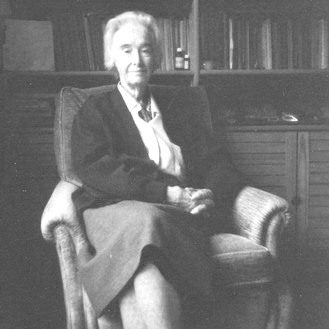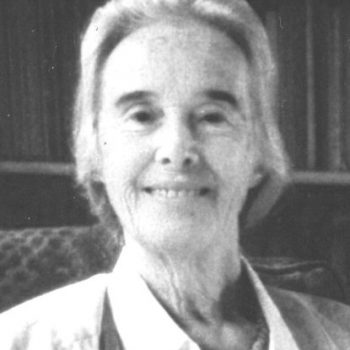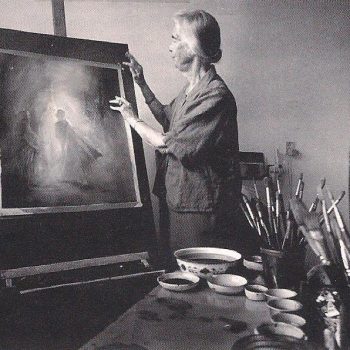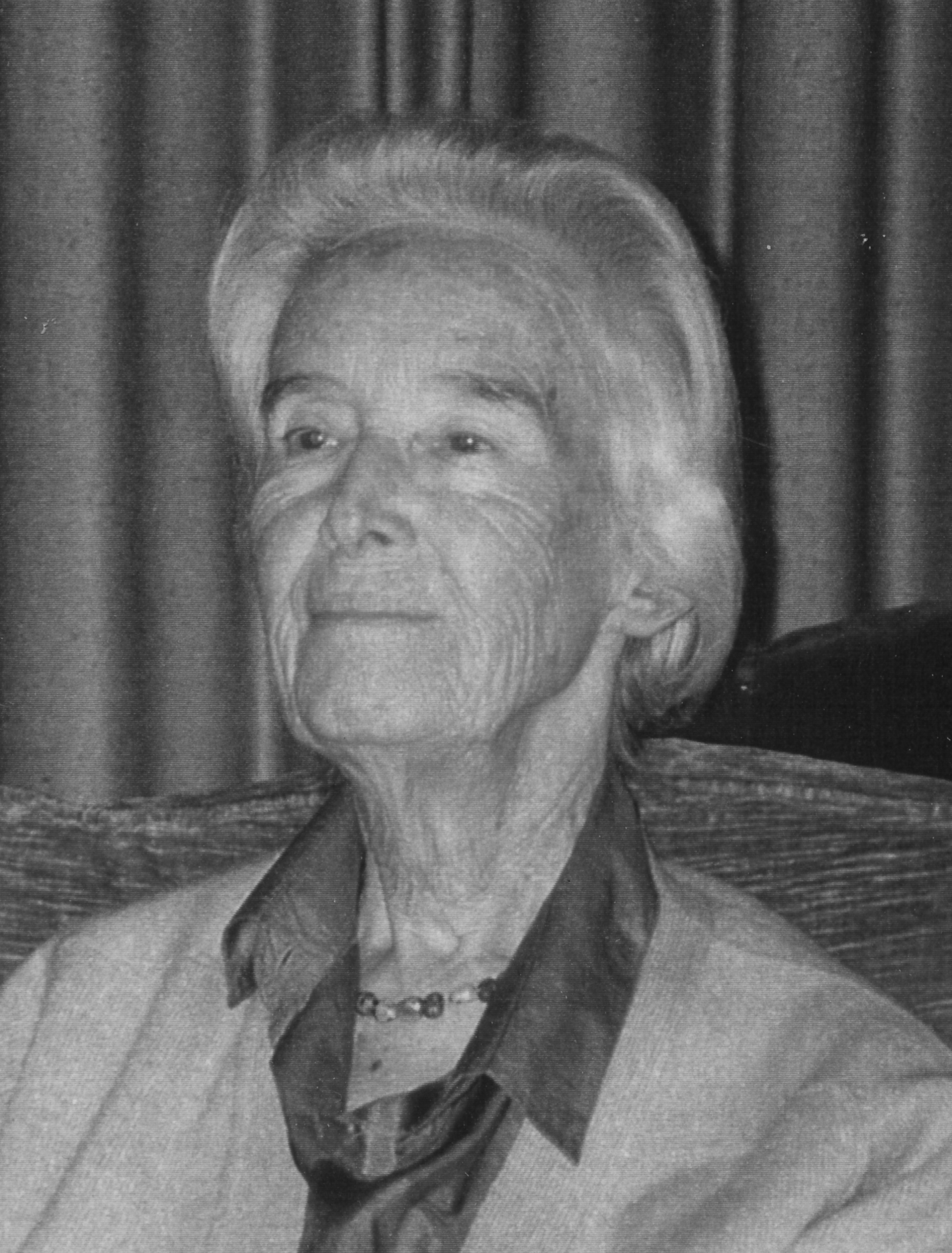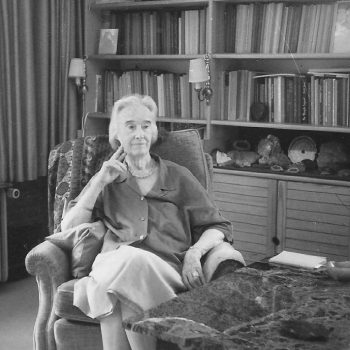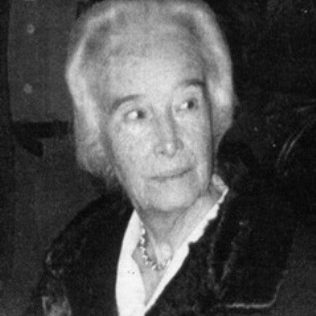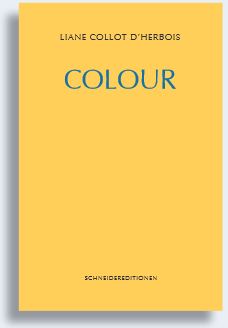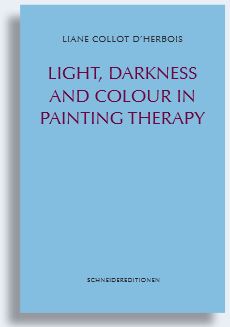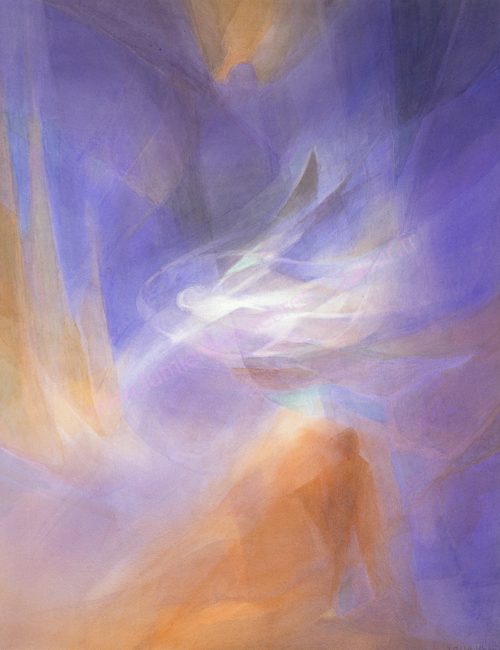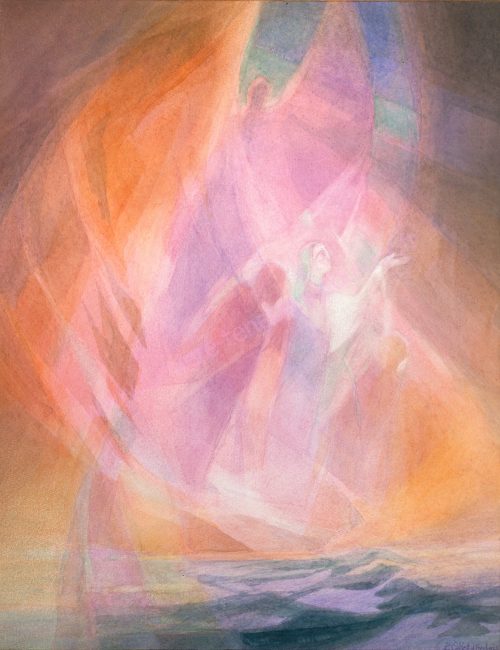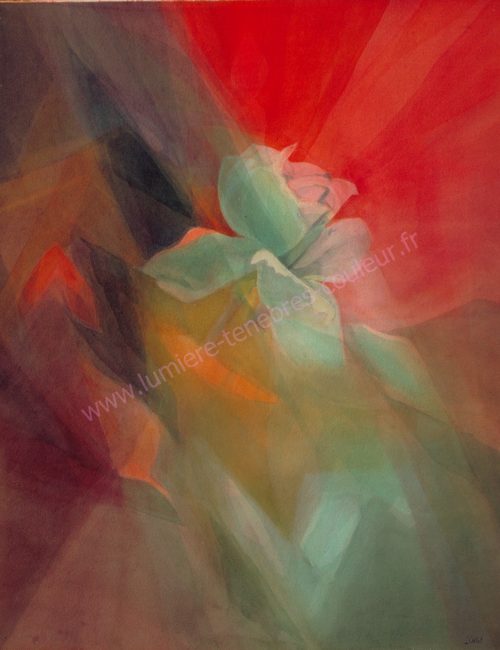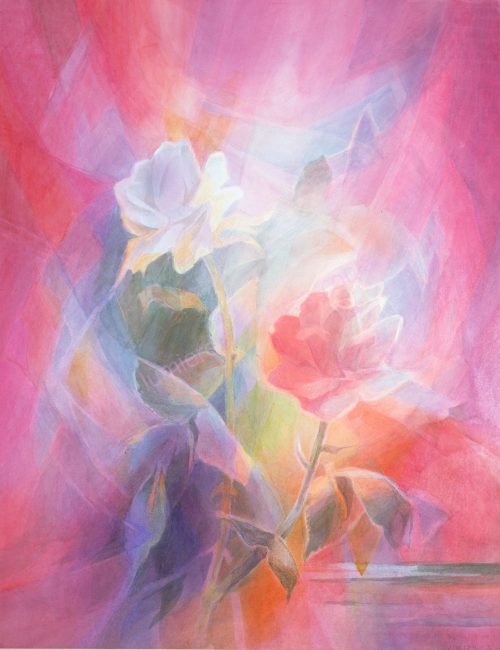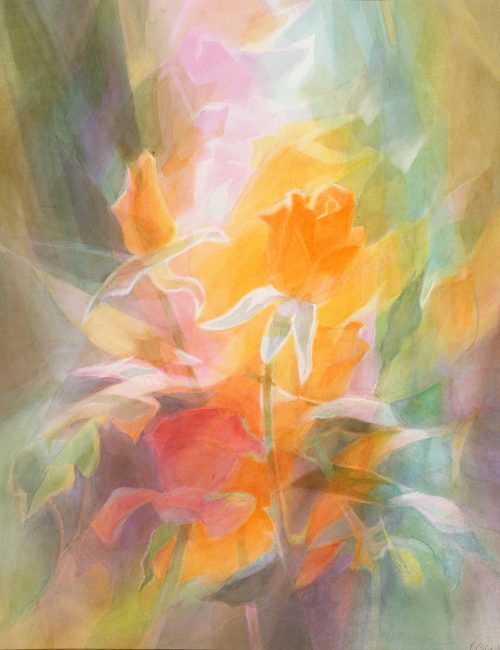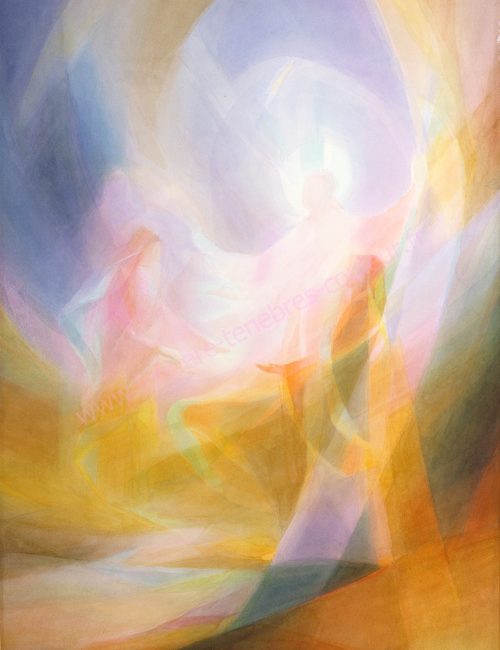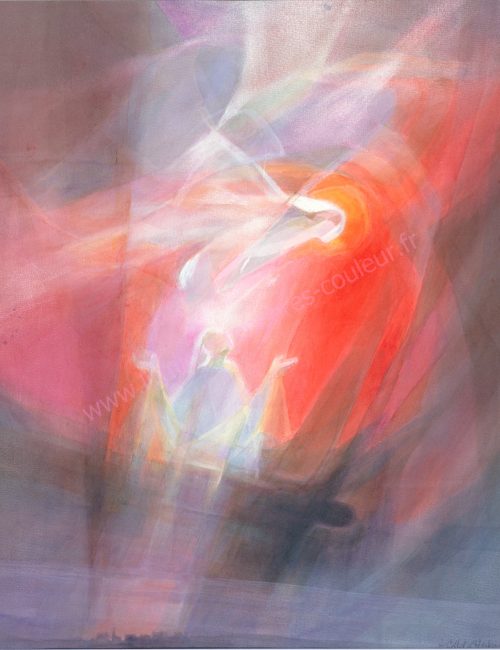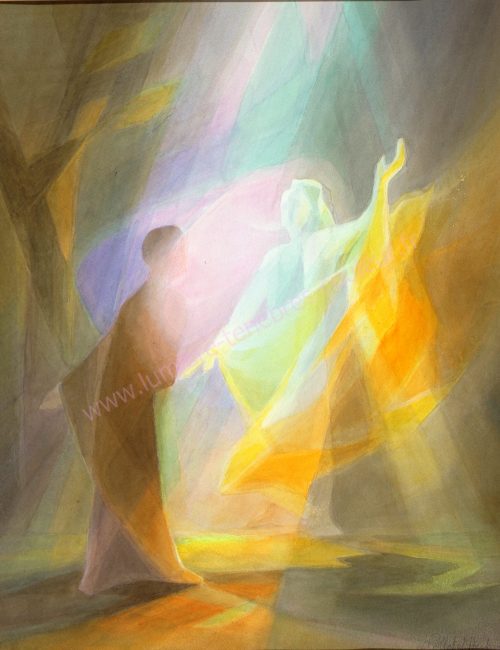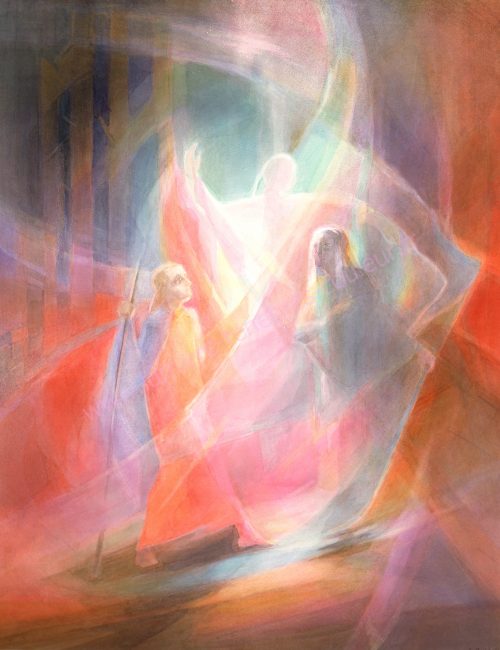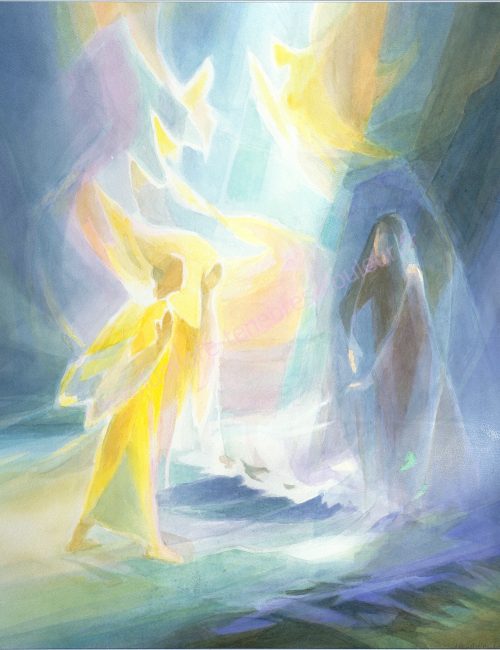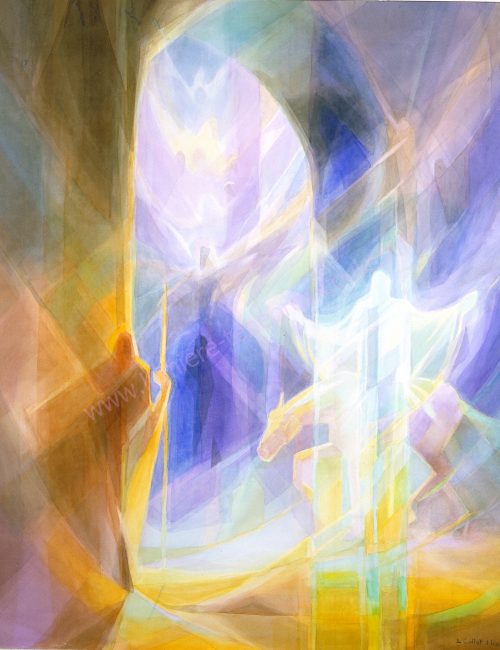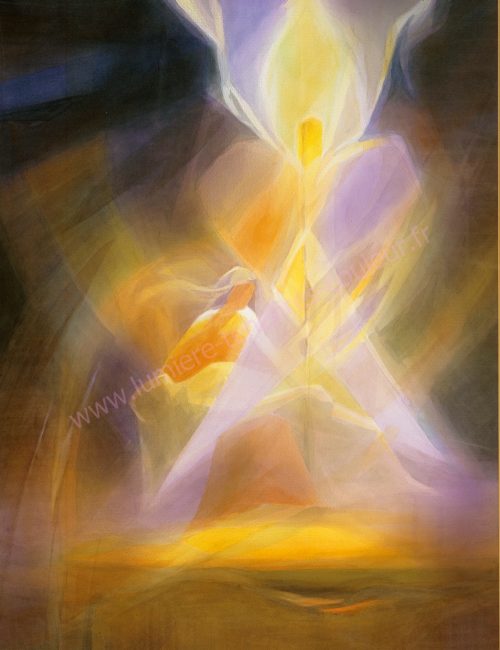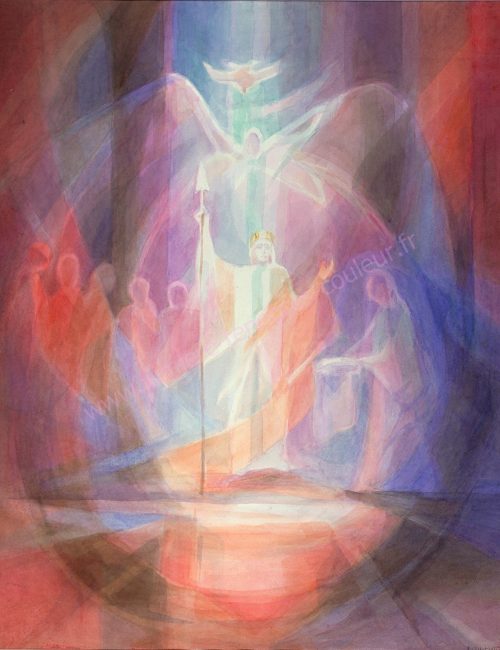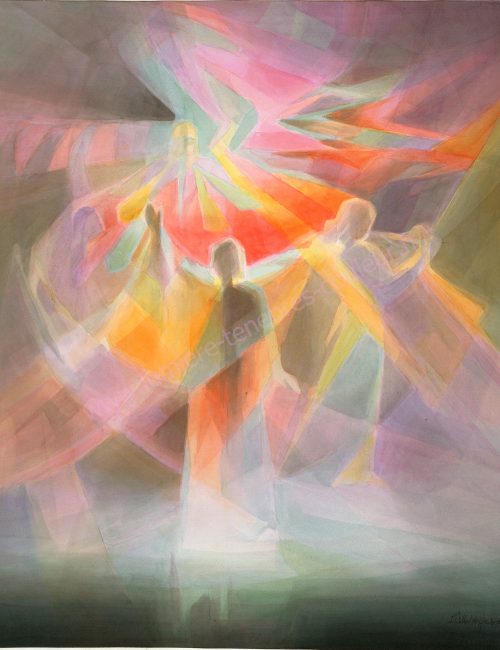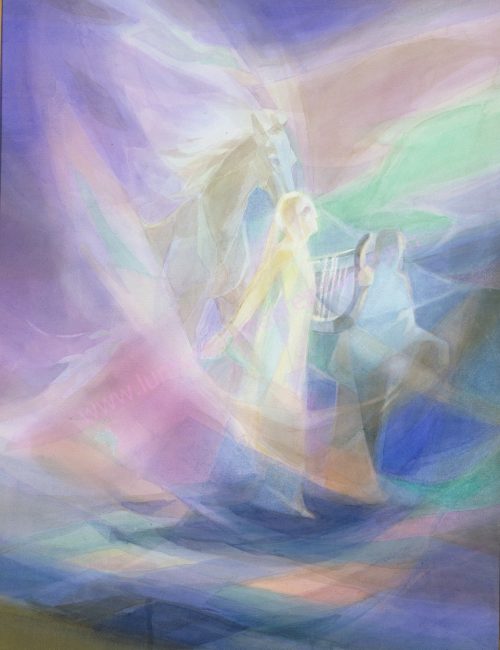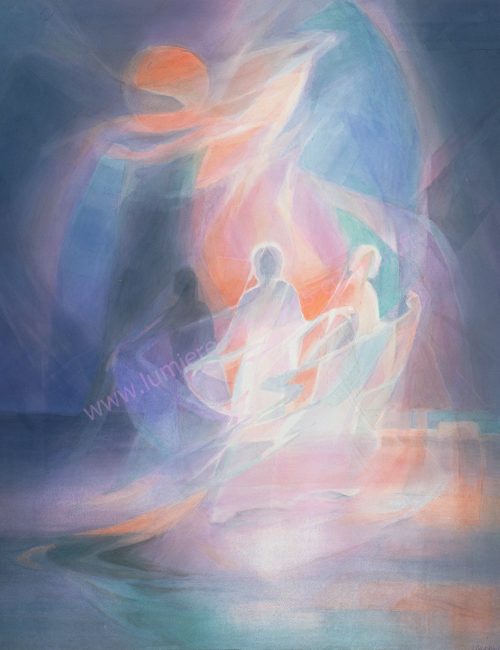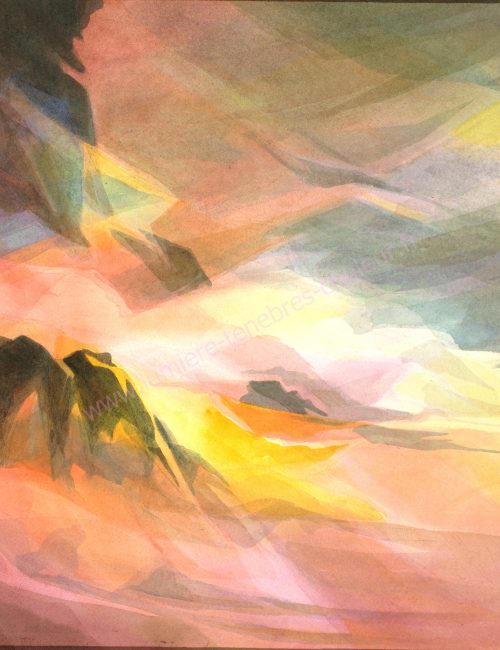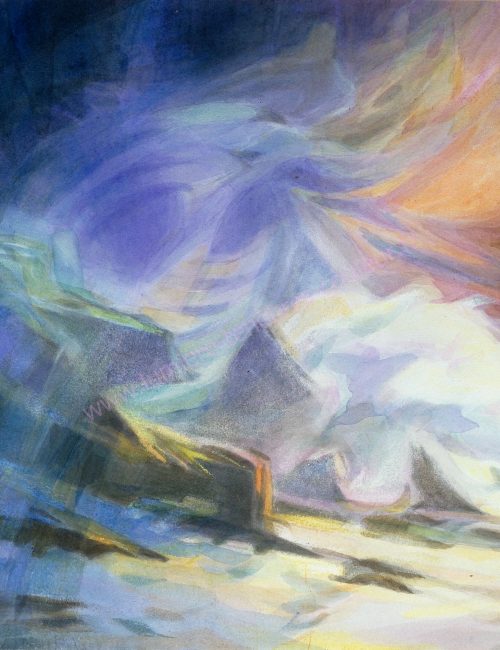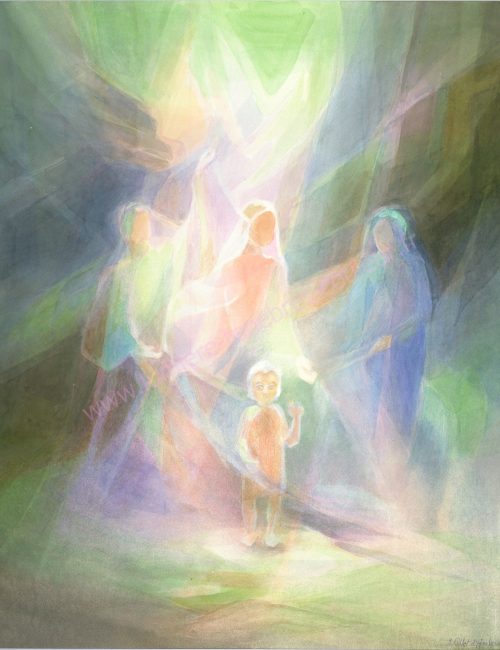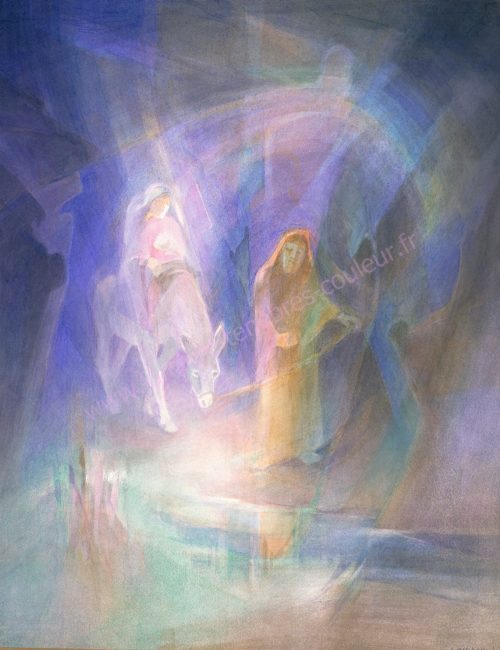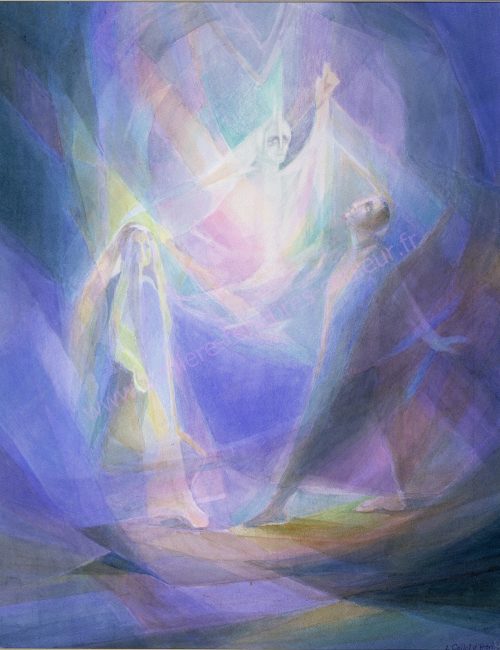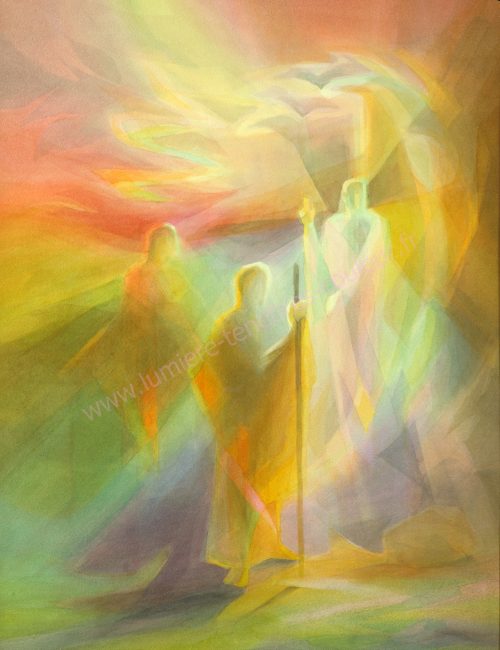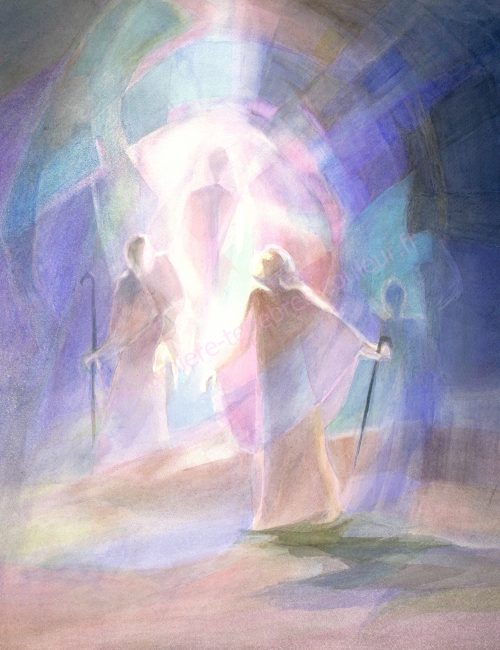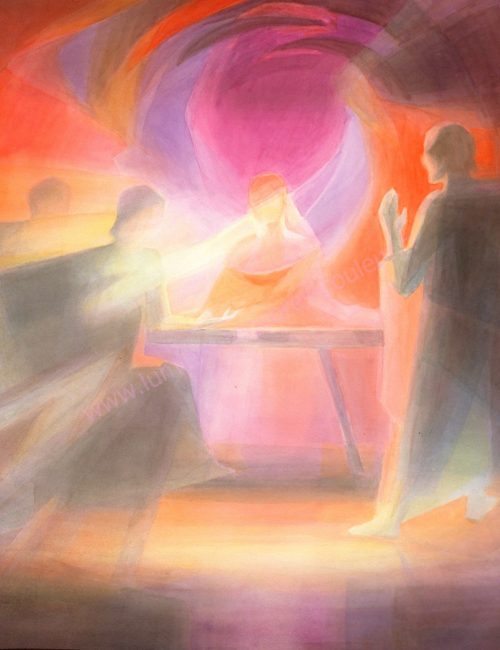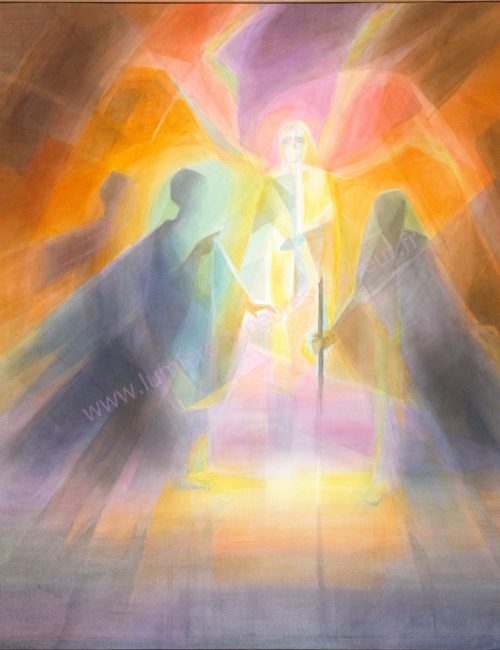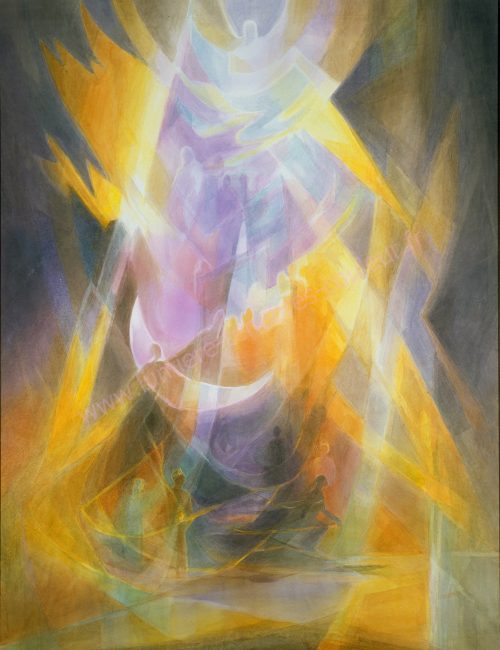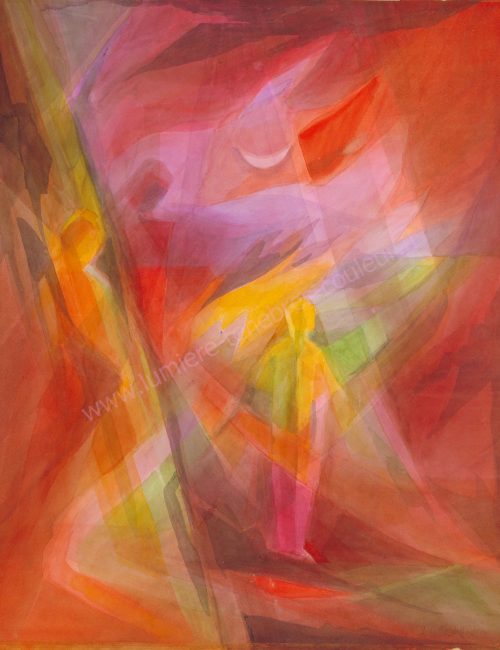Some biographic elements
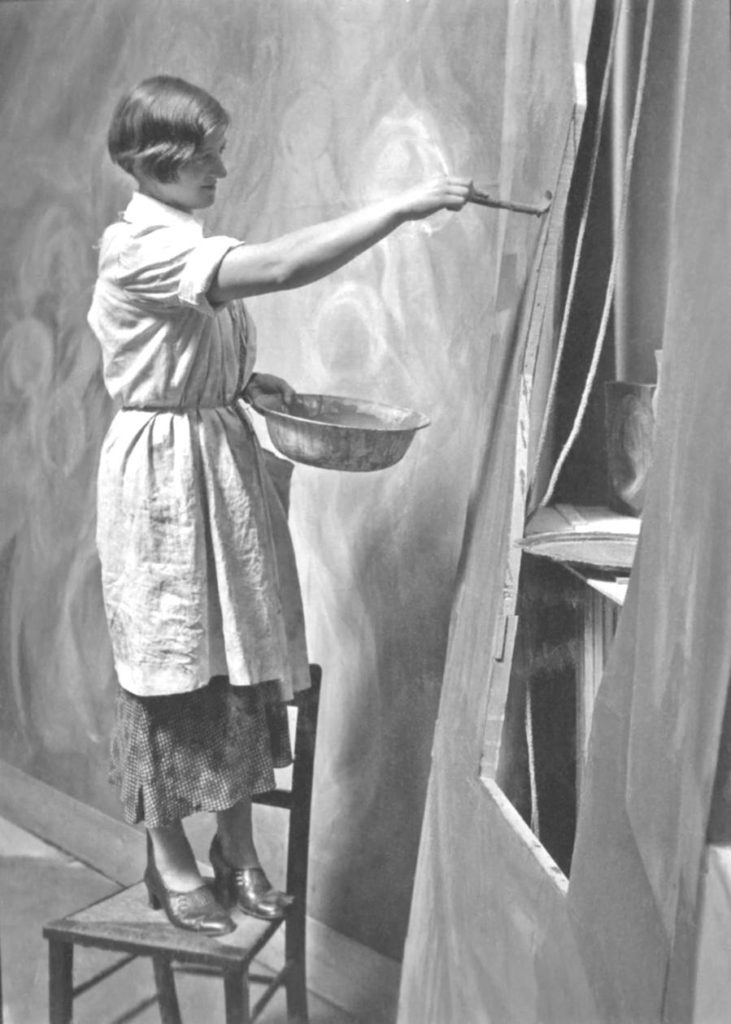
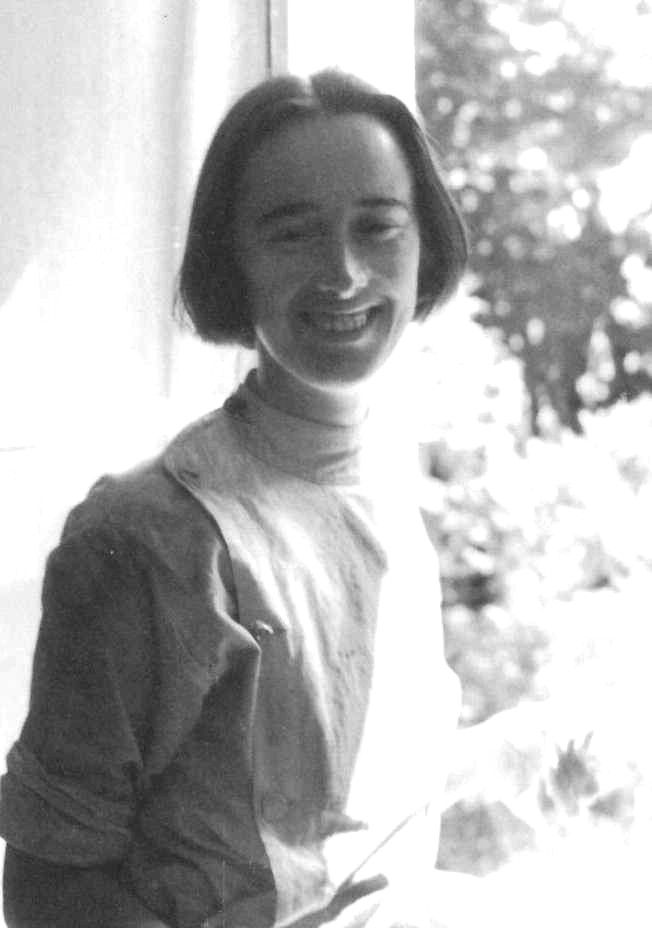

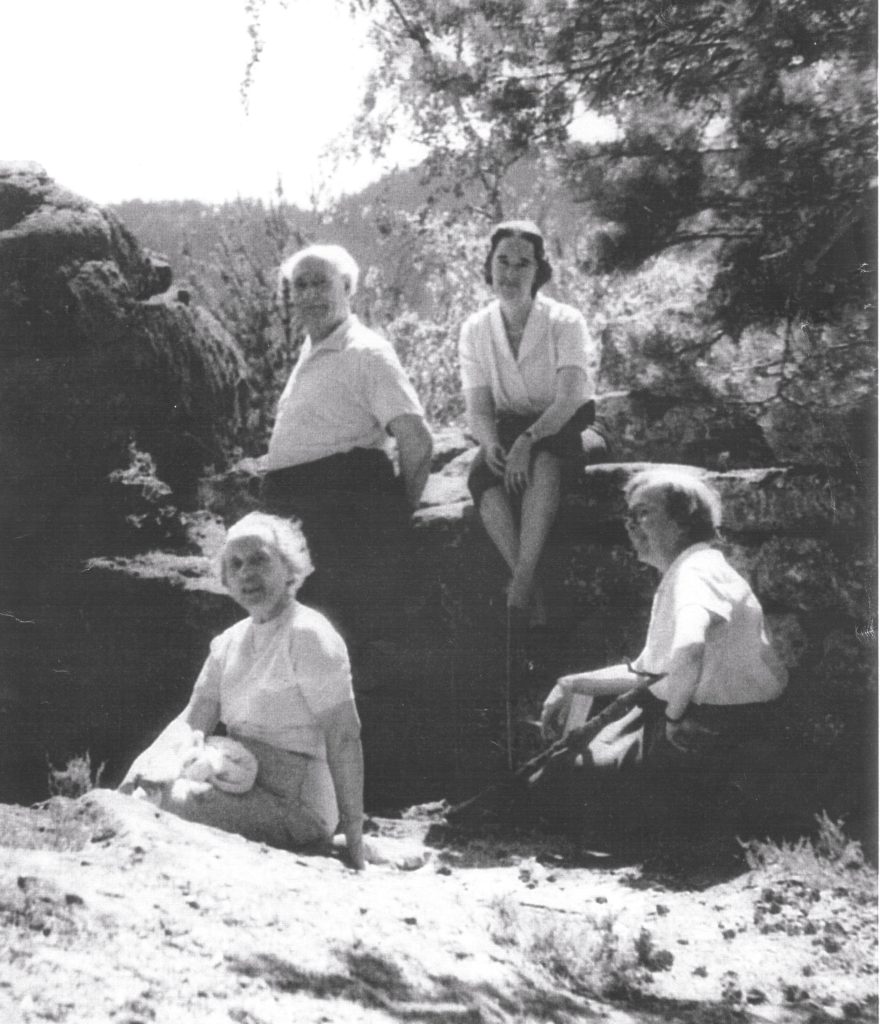
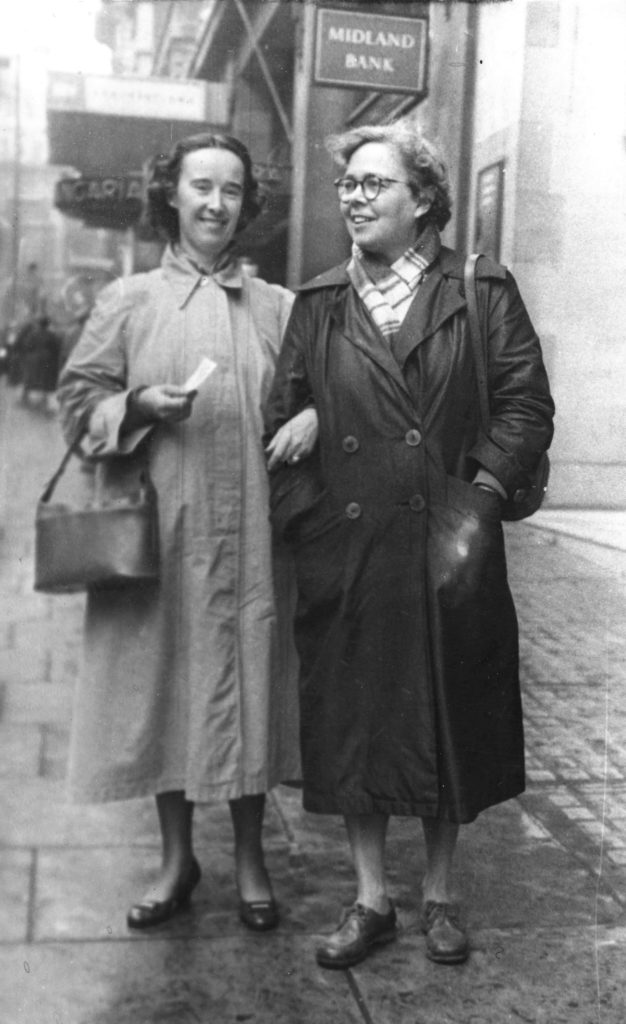
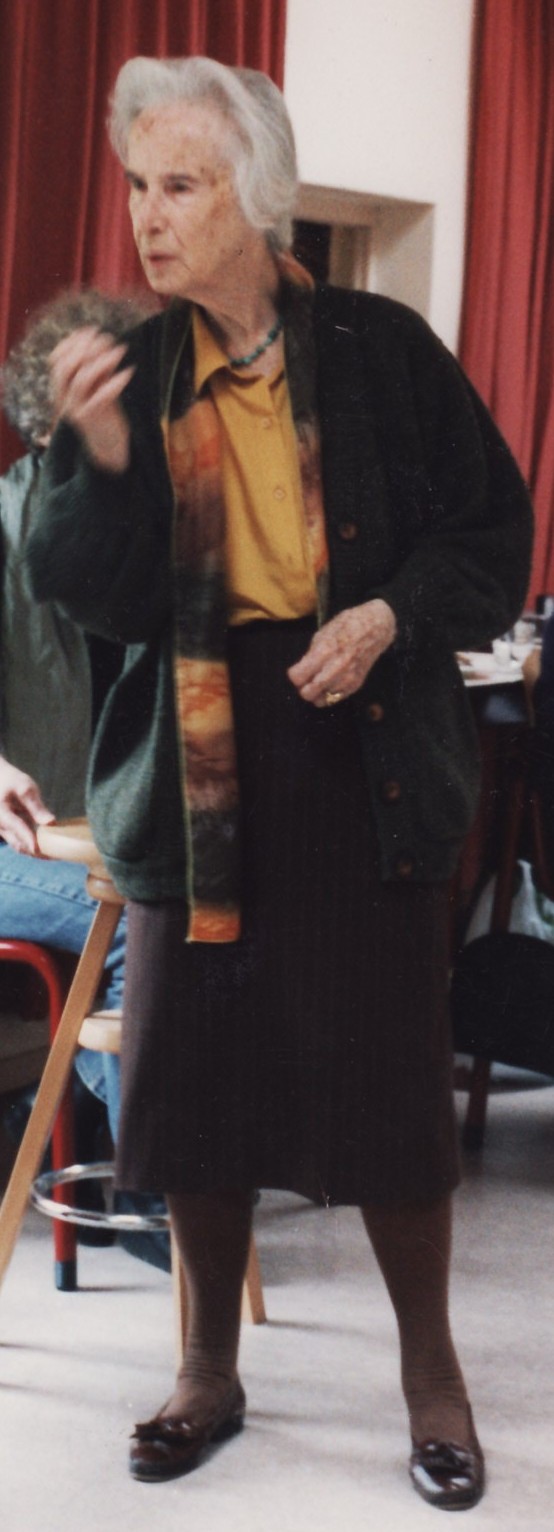
Who was this woman, this outstanding individuality, who left us more than 1800 pastels, frescoes and watercolors, and visionary teachings on art and therapy?
Born in 1907, in Camelford, next to Tintagel in Cornwall, to a Scottish mother and a French father, she is a very solitary child who spends hours in the always changing atmosphere on the edge of the Atlantic Ocean. There she lives at her grandmother’s and spends her days walking and drawing.
At about 8 years, after a grave disease, she passes very close to the death.
At the age of 11, she already sells her first drawings.
At the age of 17, she enters into the Birmingham Academy of Art.
At the age of 20, she receives a grant and as first prize the key of the British Museum in London . This key allows her to enter day and night the museum to study and to copy the great masters. She makes her living by drawing in fashion houses and it is in this period that she draws one of the angel symbols of Rolls Royce.
It is in Birmingham that she gets interested in spirituality and especially in Buddhism.
Very fast she is urged to give conferences on Buddhism at the University. After one of these conferences, she meets Rudolf Steiner’s spiritual Science through one of her listeners. It is a decisive turning point in her spiritual search and an internal voice guides her towards the world of the handicapped children and children with difficulty.
There she discovers that painting with these children gives her access to a diagnosis and to a possibility to help them with color. In spite of her young age, she is absolutely sure of her capacities and she can even guide the educators in their work with the children.
At the age of 17, she enters at the Art Academy of Birmingham. she moves to Glent, to “Sunfield”, an institution of curative pedagogy and there she works during seven years as an educator, abandoning her painting during three years.
She stays at Sunfield, until 1935. She meets Dr Hilma Walter, of German nationality and Dr Ita Wegman, of Dutch nationality, direct collaborator of Rudolf Steiner in the medical field. Ita Wegman understands immediately the mission of Liane and tells her to paint again. She will be the most striking personality of Liane’s life. It is with her that Liane starts to create the relation between color, the human being and the spiritual world.
At that time she receives a powerful imagination which is a beautiful answer to her questionings and the beginning of an immense research.
“..it came like a flash of enlightenment: I saw the movement of colour in light and darkness and I realized that that is the human being. I saw a picture of a Sophia-like Being in colour and I realized that that is us.”
She is around 28 years old when Dr Ita Wegman calls her to her home in Paris where she will stay three years and will accompany a project of implementation of a private hospital with a group of Russians. She also gives painting courses and she organizes “guided” tours of Paris to make her living.
The war chases them away of Paris which ends their project of private hospital. She follows Dr Ita Wegman to Arlesheim, then to Ascona, in Swiss, as a painter, with the mission to make curative paintings and to develop the artistic therapy. None of her paintings leaves her studio without the agreement of Dr Ita Wegman.
Ita Wegman dies in 1943.
Liane is then 36 years old and paints the magnificent fresco over the grave of her friend, still visible today in the chapel of La Motta in Ascona.
At 39 years, in 1946, the war is finished and Liane leaves for Holland where she hopes to be able to work in a school. But it’s not done and she keeps living of her work as a painter. She will stay in the Netherlands during 53 years, until she dies.
At the age of 44, she meets another woman, the painter and sculptor, Francine van Davelaer, who destroys her own work and decides to dedicate her life to accompany the research of Liane Collot d’Herbois. Together they examine the notion of metamorphosis, the activity of light darkness and color in connection with the human constitution. They try especially to give a scientific and objective basis to their research.
Liane continues to paint and to live of her work. At that time she receives many orders for frescoes and big paintings.
In 1961, Liane and Francine receives a request to give courses for a small group which will take the name of “Magenta”. This group grows even to about forty people who meets in a regular way in Holland. But very fast the requests come from the whole world, and during 23 years, these two women are going to multiply their activities of teaching all around the world to share their research on the objective laws of color, light and darkness.
These notions are very “avant-gardist” and demand much practical work to be understood and lived because they are in reality a way of initiation.
The necessity of giving a written form to this education becomes more and more evident and, in 1979 appears the first part of the book “COLOUR”, then in 1981 the second part.
The reader has to approach this as a book of study, research and meditation.
In 1980, the fate puts Liane in the situation to resume her therapeutic activity with a doctor who recognizes the value and the relevance of her theory. Then a new group is formed with doctors and therapists.
She begins to teach them the converging of the threefoldness “light/darkness/color” and the threefoldness of the human being as body, soul and spirit, and, from there, how to diagnose in light, darkness and colour and how to create a therapeutic path on the basis of free exercises of a patient.
A new therapy begins, an individual therapy, which includes body, soul and spirit.
Until 1985 this group of therapists and doctors will work with Liane and Francine.
In 1984, Francine dies suddenly, leaving Liane lonely. During 33 years Francine had indeed taken care of all the practical life to allow Liane to dedicate herself completely to painting. The loss of their exchanges was for her very hard.
From 1980 to1985 the therapeutic courses are recorded and transcribed by Margreet Meyer. Then these documents are resumed with Liane during 7 years to give them the current form of the therapy book:”light/darkness and color in painting therapy”. In 1989 it appeared in English in an numbered edition, in 1993 in English and German and in 1997 in French.
Little by little Liane, who approached 80 years, reduces her activity of educating groups. On the other hand, especially thanks to the publication of her books, her reputation intensifies and she receives at her home in a continuous stream doctors, painters and therapists for precise and individual indications.
In 1992, at the age of 85, she crosses the ocean once again to her friend Dorothea Pierce in the USA.
In September, 1996, at the age of 89, she passes two weeks at the Ateliers du Present in Chatou, France, where she is enthusiastically received and where she gives conferences for a public of 150 doctors, therapists, artists and professors.
Her last exhibition takes place in Dornach, Switzerland, on the occasion of her 90st birthday.
She keeps developing her artistic and therapeutic search until she dies in September, 1999.
But, as Liane herself said, her work was that of a pioneer and there still rest a great deal of elements to be gathered, to be analyzed, to be confirmed and to archive, to deepen, to develop …
Liane used to say with a lot of humility “I just started, my dears, you will have to continue». The continuators of her work are confronted with an immense heritage in charge of taking care and develop even further her work.
Publications
Colour
To write a preface to this unique book can only mean giving accompaniment to the reader who is about to enter into its sphere. A very unusual and surprising experience awaits him regarding its form as well as its contents, but also as regards meaning ans aim of this far reaching vision on colour. It is impossible to read this book as one reads most other books. The reader should wander slowly through it, often taking time for a stop in order to develop the faculty of judging by visual concentration. The autor aims at making the reader experience colours as movement and the book is in itself a way for attaining consciousness of the inner being of colour.
Although the artist Liane Collot d’Herbois has taugh since many years parts of the contents of book in her courses, the present vision evolves in an attempt to understand from a new point of view even more deeply the inner being of colour. To experience colour as bringing together heaven and earth, man and the world around him. To get to know its power of converting the human soul. By this the artist reveals at the same time the spiritual fundament of her own work as a painter. (…)
Concluding I should like to say that this book luminously leads the way to a future spiritual conception of colour and its application in art. Already it represents in itself an important step in this direction.
Margarethe Hauschka -October 1979-
Light, Darkness, and Colour in Painting Therapy
(…) Dr Hauschka as a doctor prepared the ground for artistic therapy. When on considers Rudolf Steiner’s remark “One should try to see health and disease in the light of the theory of colour” (GA 291) Collot d’Herbois’ important contribution to the further development of therapeutic painting becomes manifest. She took up Rudolf Steiner’s spiritual science and theory of colour and based her own finding on these. In so doing she was able to proceed to a precise cognition and characterization of movements of colour between the creative force of darkness and light. (…)
Elisa Métrailler
